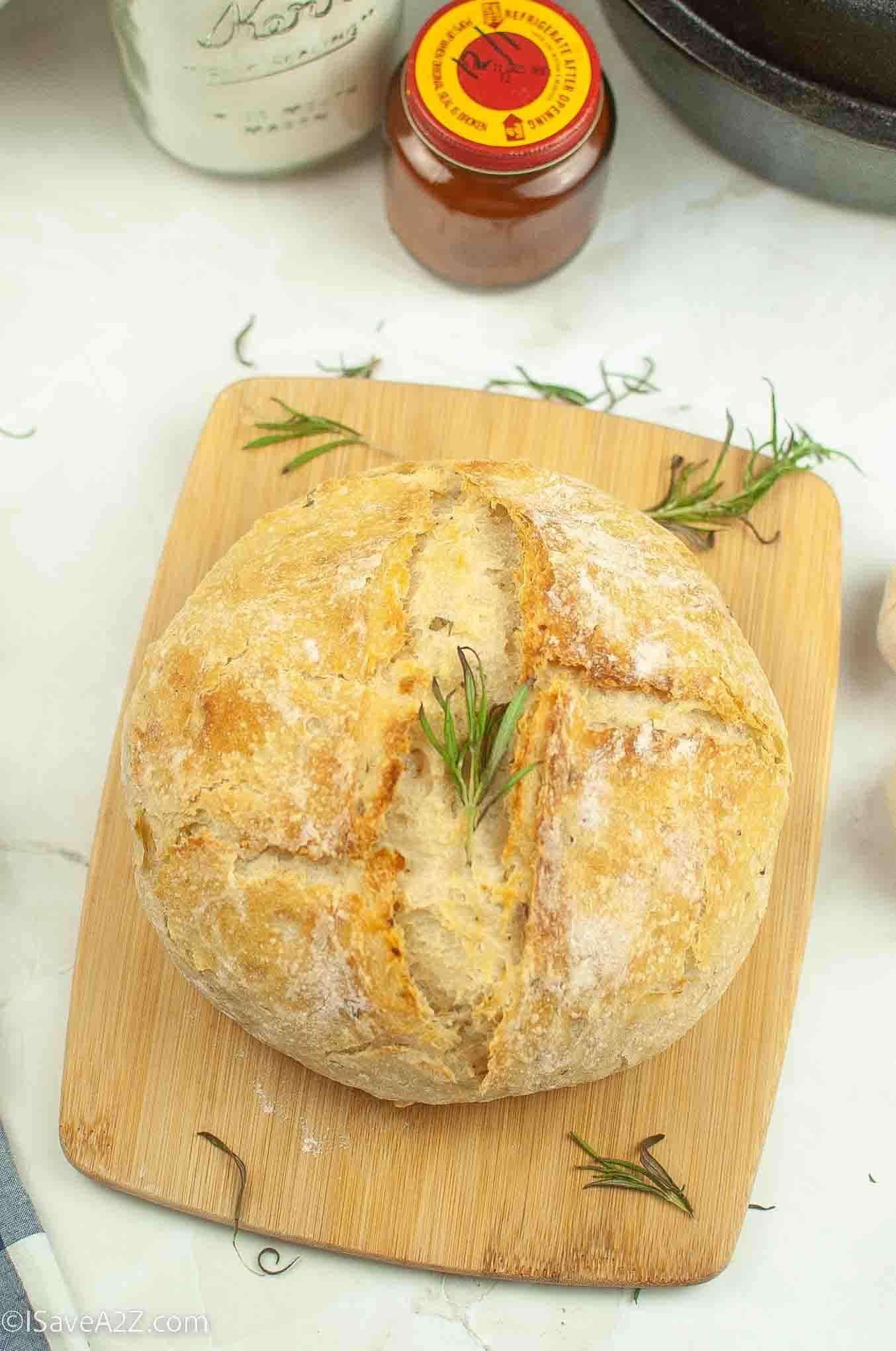Are you ready to embark on a culinary adventure? In this blog post, we’ll explore the world of artisan bread and homemade pasta, two delightful creations that will elevate your cooking skills and impress your taste buds. Whether you’re a seasoned foodie or a baking beginner, this guide is for you. Let’s dive in!
Origin and History
Before we dive into making artisan bread and homemade pasta, let’s briefly examine their origin and History. Artisan bread has existed for centuries, dating back to ancient Egypt. “artisan” refers to skilled craftsmen who use traditional techniques to create high-quality products. Pasta dates back to ancient Rome, where it was considered a staple food for soldiers due to its long shelf life.
Ingredients
The beauty of artisan pounded yam flour bread and homemade pasta lies in their simplicity – they require only a few essential ingredients. You’ll need flour, water, salt, and yeast for bread. However, many bakers add some sugar or honey for sweetness and olive oil for extra flavor. When it comes to pasta, the classic recipe calls for flour and eggs. But you can also experiment with different types of flour (such as semolina or whole wheat) and add herbs or vegetables for a twist.
Tools and Equipment
Making artisan bread and homemade pasta requires no fancy equipment. But, having some essential tools can make the process much easier. Invest in a good-quality Dutch oven or baking stone for bread-making to achieve that perfect crusty exterior. A stand mixer can also come in handy when kneading dough. As for pasta making, a simple rolling pin or pasta machine is all you need.
Process of Making Artisan Bread
The process of making artisan bread involves four main steps:
- Mixing
- Proofing
- Shaping
- Baking.
First, you’ll combine the ingredients to form a dough, then let it rest (or proof) for a specific amount of time to allow the yeast to work its magic. Next comes shaping, where you can get creative and experiment with different shapes and designs. Finally, the bread is baked in a hot oven until golden brown and crusty.
Process of Making Homemade Pasta
Like artisan bread, making homemade pasta involves four main steps: mixing, resting, rolling, and cutting. However, pasta dough is traditionally mixed by hand on a flat surface. Instead of using a stand mixer or food processor like in bread-making. After resting the dough for about half an hour to make it more pliable. It’s rolled out into thin sheets and then cut into different shapes, such as
- spaghetti
- fettuccine
- lasagna.
Additional Tips and Tricks
Now that you have a basic understanding of the origin, ingredients, tools, and process of making artisan bread and homemade pasta, here are a few extra tips and tricks to take your creations to the next level:
- Use high-quality ingredients, including flour, eggs, and other flavorings, for the best results.
- Experiment with different flours for added texture and flavor – whole wheat, rye, and even gluten-free options can be used in bread and pasta.
- Don’t over-knead your dough – this can lead to tough bread or dense pasta. The dough should be smooth and elastic when ready.
- Use a pre-ferment or sourdough starter for artisan bread to add flavor complexity.
- Add herbs, spices, or vegetables to your pasta dough for fun variations – think spinach fettuccine or red pepper linguine.
- Don’t be afraid to get creative with your shapes and designs – braids, twists, and animal shapes can add a playful touch to your bread or pasta.
- The possibilities are endless for artisan bread and homemade pasta, so have fun and let your imagination run wild in the kitchen.
Tips for Storage and Freshness
Once you’ve mastered the art of artisan bread and homemade pasta, you must know how to store them properly to maintain their freshness. We’ll share tips and techniques for keeping bread and pasta, ensuring they stay their best for as long as possible. Say goodbye to stale bread and soggy pasta!
Pairing Suggestions
To truly elevate your dining experience, we’ll explore the art of pairing artisan bread and homemade pasta with complementary flavors and dishes. From simple herb-infused olive oil to delicious tomato-based sauces, we’ll guide you in selecting the perfect accompaniments. We’ll also provide wine and cheese recommendations to enhance your culinary creations.
Conclusion
In conclusion, exploring the world of artisan bread and homemade pasta is a gratifying and rewarding journey. The benefits of creating pasta and baking your bread extend far beyond the kitchen. From the healthier ingredients to the ability to customize flavors, the satisfaction of enjoying your creations is unmatched.
So, grab your apron, roll up your sleeves, and let your creativity soar in the kitchen. With artisan, you’re not just cooking; you’re crafting culinary delights that will leave lasting memories.



